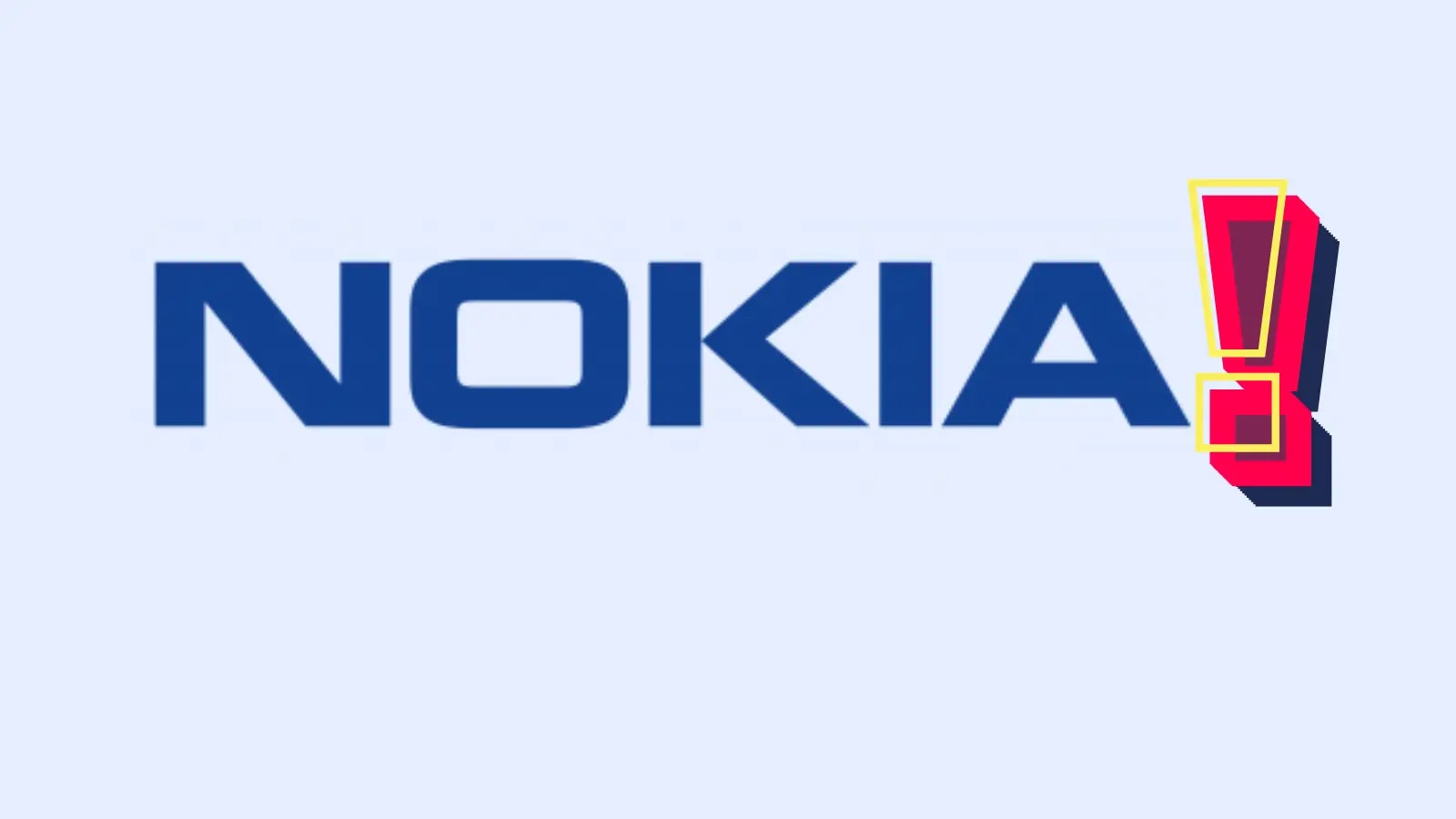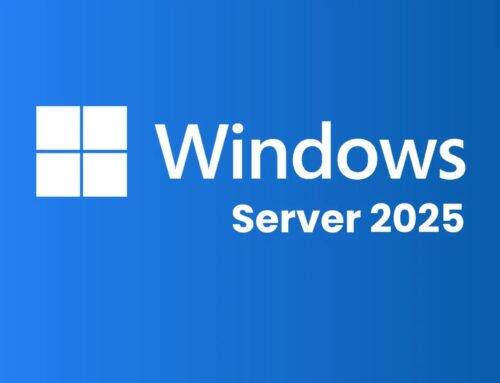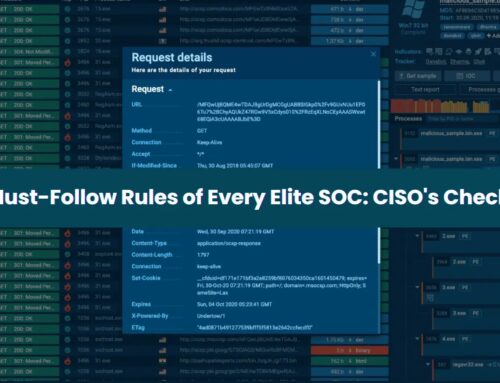
Threat Actors Allegedly Claim Access to Nokia’s Internal Network
Alleged Nokia Breach: A Deep Dive into the Tsar0Byte Claim and Third-Party Risk
The digital landscape is a relentless battleground, and even global giants like Nokia are not immune to the sophisticated tactics of threat actors. Recent claims on underground forums have sent ripples through the cybersecurity community: a group identifying as Tsar0Byte alleges a significant breach of Nokia’s internal network. This alleged incident, if proven true, underscores the pervasive threat of supply chain vulnerabilities and the critical importance of a robust security posture against evolving cyber risks.
The Allegations: Tsar0Byte Claims Access and Extensive Data Exposure
Reports originating from dark web forums, including DarkForums, indicate that a threat actor named Tsar0Byte has claimed unauthorized access to Nokia’s internal systems. The method of entry reportedly involved exploiting a “vulnerable third-party link.” The most alarming aspect of these allegations is the asserted exposure of sensitive data belonging to more than 94,500 Nokia employees. This would represent one of the most substantial corporate data exposures impacting the telecommunications giant in recent memory.
While details remain limited and Nokia has not yet officially confirmed the breach, the very nature of the claim demands immediate attention from cybersecurity professionals. The potential compromise of such a large volume of employee data could lead to severe consequences, including widespread phishing campaigns, identity theft, and further targeted attacks.
Third-Party Vulnerabilities: A Persistent Achilles’ Heel
The alleged vector of attack – a “vulnerable third-party link” – highlights a critical and often underestimated risk factor in modern enterprise security: the supply chain. Organizations frequently rely on a myriad of third-party vendors for software, services, and infrastructure. While these partnerships are essential for operational efficiency, they also introduce potential entry points for attackers.
- Expanded Attack Surface: Every third-party integration extends an organization’s attack surface, creating new avenues for exploitation.
- Varying Security Standards: Third-party vendors may not adhere to the same stringent security protocols as primary organizations, leaving gaps that threat actors can exploit.
- Lack of Visibility: Gaining comprehensive visibility into the security posture of every third-party partner can be challenging, complicating risk assessment and management.
The alleged Nokia incident serves as a stark reminder that an organization’s security is only as strong as its weakest link, which too often resides within its extended third-party ecosystem.
Employee Data: The Crown Jewels for Cybercriminals
The claim of exposing data for over 94,500 employees is a significant concern. Employee data, particularly sensitive personal information (SPI) such as names, email addresses, contact details, and potentially even more granular personal identifiers, is highly valuable to cybercriminals. This data can be leveraged for:
- Phishing and Social Engineering: Crooks use this information to craft highly convincing phishing emails and tailored social engineering attacks against employees, aiming to gain further access or financial advantage.
- Identity Theft: Compromised personal data can be used to commit identity fraud, open fraudulent accounts, or apply for credit in victims’ names.
- Credential Stuffing: If employee credentials were part of the breach, these could be tested against other online services (e.g., banking, personal email) where employees might reuse passwords.
- Corporate Espionage: In some cases, employee data can be used to identify key personnel for targeted attacks aimed at intellectual property theft or corporate sabotage.
Remediation Actions and Proactive Defense Strategies
While the full scope of the alleged Nokia breach is still under investigation, organizations can learn valuable lessons and reinforce their defenses immediately.
For Organizations:
- Comprehensive Third-Party Risk Management (TPRM): Implement or enhance a robust TPRM program. This includes rigorous vetting of third-party vendors, continuous monitoring of their security posture, and contractual agreements mandating specific security controls and breach notification procedures.
- Supply Chain Security Audits: Regularly audit critical third-party connections and integrations, looking for potential vulnerabilities or misconfigurations.
- Network Segmentation: Isolate critical internal systems and sensitive data from broader networks, limiting the lateral movement of attackers even if an initial breach occurs through a third party.
- Principle of Least Privilege: Ensure that third-party access to internal systems is granted only to the extent necessary for their function and for the shortest possible duration.
- Enhanced Monitoring and Alerting: Deploy advanced threat detection tools that can identify anomalous behavior indicative of compromise, especially concerning data exfiltration or unusual network traffic.
- Incident Response Plan: Maintain a well-tested incident response plan that includes clear communication protocols for potential data breaches, both with internal stakeholders and external parties.
For Employees (and Individuals Affected):
- Be Hyper-Vigilant to Phishing: Exercise extreme caution with unsolicited emails, messages, or calls, especially those asking for personal information or clicks on links. Always verify the sender.
- Multi-Factor Authentication (MFA): Enable MFA on all critical accounts, both professional and personal. Even if credentials are compromised, MFA adds a crucial layer of security.
- Strong, Unique Passwords: Use strong, unique passwords for every online account. A password manager can assist with this.
- Monitor Financial and Credit Statements: Regularly review bank statements, credit card statements, and credit reports for any suspicious activity.
Relevant Tools for Third-Party Risk Management and Detection
| Tool Name | Purpose | Link |
|---|---|---|
| Bitsight | Security Rating Service for Third-Party Risk Management | https://www.bitsight.com/ |
| SecurityScorecard | Security Rating Platform for Vendor Risk Management | https://securityscorecard.com/ |
| OneTrust | Comprehensive GRC, Privacy, and Vendor Risk Management | https://onetrust.com/ |
| ServiceNow GRC | Governance, Risk, and Compliance Platform (includes Vendor Risk) | https://www.servicenow.com/products/grc.html |
| Exabeam | Security Information and Event Management (SIEM) with User and Entity Behavior Analytics (UEBA) | https://www.exabeam.com/ |
| Darktrace | AI-Powered Cyber Defense (Network and Cloud Anomaly Detection) | https://www.darktrace.com/ |
Conclusion: The Imperative of Vigilance in a Connected World
The alleged breach of Nokia’s internal network by Tsar0Byte, purportedly via a vulnerable third-party link, serves as a potent reminder of the interconnectedness of modern enterprises and the inherent risks that accompany it. While the full impact and veracity of these claims are yet to be definitively confirmed, the incident underscores a fundamental truth in cybersecurity: an organization’s perimeter extends far beyond its direct control. Proactive third-party risk management, continuous monitoring, and a robust incident response capability are not merely best practices; they are foundational pillars for surviving an increasingly hostile cyber environment. Organizations worldwide should view this alleged incident as a catalyst to re-evaluate and strengthen their security postures, particularly concerning their digital supply chains.





